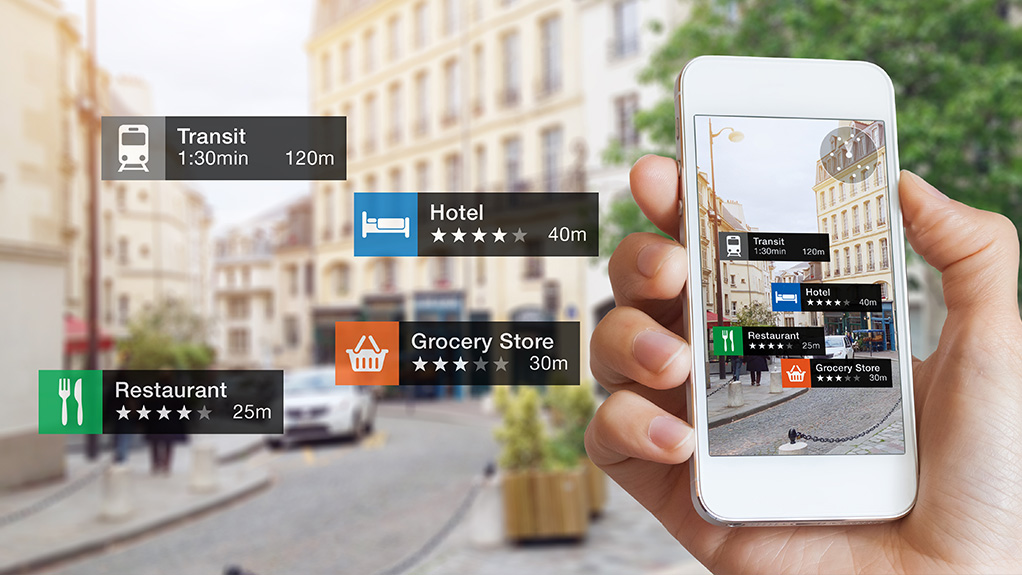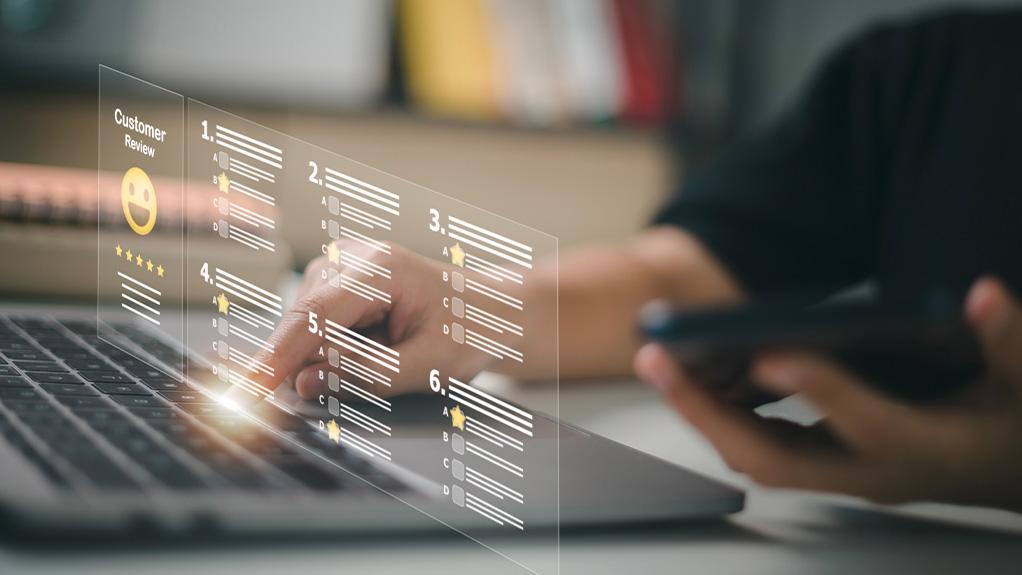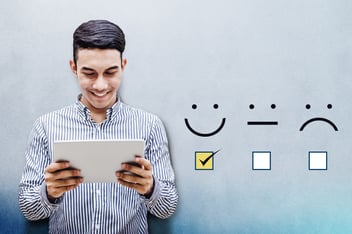The Importance of the Customer Experience
Imagine you’re buying a pair of shoes on your phone. The app works beautifully. It’s fun to shop, there’s a handy guide for finding your size, and you even got a great coupon. However, once you move off the app, the experience gets rockier.
Delivery is delayed, and when the shoes arrive, they’re missing laces. You try to contact support and spend 15 minutes looking for a number and another 20 minutes on hold. When you finally connect with someone, they’re curt and unable to help you with your problem. So instead, you get some almost-matching laces from Walmart and never order from the app again.
Now let’s picture a different scenario: You go to Disneyland with your family, and it’s packed with its signature magic and top-tier guest experience. Employees are friendly, and the place is clean and welcoming. However, you have to use the app to do a lot of things, like saving a Fastpass or ordering ice cream. You ask for help from someone at the counter of a restaurant, but they can’t help you with the fact that the app won’t let you log in, or access the restaurant’s menu.
Both of these scenarios illustrate a gap in customer experience or CX. Thirty-two percent of American consumers say that it only takes one bad experience for them to stop doing business with a brand…even if it’s one that they love! If you want to keep valuable customers, it may not just be a matter of investing in a new app or enabling one-click buying. You may need to take a good hard look at the whole customer experience.

What’s the Difference Between Customer Experience and User Experience?
While user experience (or UX) primarily focuses on how people interact with a specific tech tool or program, CX provides a comprehensive view of the entire customer journey, from the moment they hear about you to their 223rd purchase. When making a plan for a customer experience transformation, you’ll want to take a look at all of the following:
1. Branding and marketing-
Mentions of your business on other platforms
-
In-person referrals and word-of-mouth marketing
-
Email or SMS communications (including transaction messages)
-
Physical and digital ads
-
Online reviews and social proof
-
Customer service representatives and chatbots
-
Sales team
-
Employees at a brick-and-mortar location
-
Greeters, receptionists, etc.
-
Anyone the customer talks to or sees (i.e. If there’s a window looking into the kitchen, this includes your prep cooks.)
-
Your website and app
-
Return portals, e-commerce platforms, and any other platform or marketplace where you sell or can be found
-
Contact information, customer support portal, etc.
-
In-store or in-office location
-
Product and service presentation
-
Employees and other customers within your space
Meeting Evolving Customer Expectations
In the wake of pandemic shutdowns and recession worries (not to mention continued progress in technology), we’ve seen two major trends in American businesses over the past couple of years: increased investment in technology, and attempts at streamlining workforce and supply chain costs. Many legacy companies are masters of in-person interactions but can’t seem to bring the tech up to scratch. Others have wonderful technology but struggle to meet customer expectations with their impersonal customer contact.
What expectations do your customers have?
-
Human interaction: 82% of consumers in the U.S. want more human interaction in their retail experiences in the future.
-
Personalization: 80% of customers are more likely to make a purchase during a personalized shopping experience.
-
Omnichannel solutions: customers expect consistency and streamlined service at every touchpoint, from online chat to in-store returns.
-
24/7 Self-service options: 79% of customers expect online self-service options such as FAQs, customer blogs, video tutorials, and AI-powered chatbots.

The Business Benefits of Customer Experience Transformation
Improving your customer experience is about more than direct revenue. Done right, it can supercharge your business at every level.
Employee performance and satisfaction
Friction between customers and employees affects everyone. A well-planned transformation strategy fosters a positive service culture and improves your employees’ day-to-day lives.
Adaptability
Investing in a transformation today helps you pivot to a changing competitive landscape and fluctuating market demands. With a streamlined process flowing between your technology and your team, you’re agile enough to adapt to new customer behaviors and wishes.
Customer retention
We all know it’s easier to keep a customer than gain a new one. A transformed experience yields more satisfied customers, leading to higher loyalty and retention. It also empowers your marketing efforts, driving referrals and brand awareness in a way that ads simply can’t.
Efficiency
When humans do what they do best and technology works at its peak, your company experiences more efficient and cohesive teams supporting holistic CX.
How to Transform Your Customer’s Experience
Step 1: Visualize the ideal customer experience
Map out how your customer’s journey would look in a perfect world. Identify areas where you find the biggest gap between what’s happening and what you want to happen. You might also survey your customers and learn more about their assumptions and real experiences to inform this process. Get input from your team to learn about their most common friction points with customers and those things that would make them proud of their service.
Step 2: Foster an environment of change
It’s vital to have all of your executive team on board for a customer experience transformation. This process can reveal long-established habits that need to be done away with. There may be substantial shakeups to the way things have always been done. Consider mobilizing a cross-functional team that can identify needs and enact change across departments. Everyone involved should have an intimate understanding of the vision of your ideal customer experience.
Step 3: Enable cross-functional customer profiles and omnichannel experiences
Your customers expect a seamless experience between online platforms and in-person interactions. This means that shared access to CRMs and customer databases is essential. Ensure that employees all have sufficient training with the tech that applies to their department.
Good omnichannel integration should also give you big-data insights into your customer behaviors so you can continue to optimize.
Step 4: Arm Your Employees with Insights
Speaking of continued optimization, empowering employees with real-time insights allows them to continue prioritizing customer-centric actions. This will take training and support to ensure that your team can deliver on your promises.
Invest in a Customer Experience Transformation Today
Within Amazon’s first year, they invested 100 times more in enhancing the customer experience than they did in advertising. The results speak for themselves. A focus on customer experience may be the most important decision your company makes this year.
Bridging the gap between your customers’ interactions with your digital tools and your customer service team should be a top priority for any business hoping to thrive in the coming decade. To learn more about how Vincit can help you identify gaps in your customer experience and support you in your customer experience transformation, give us a call.



